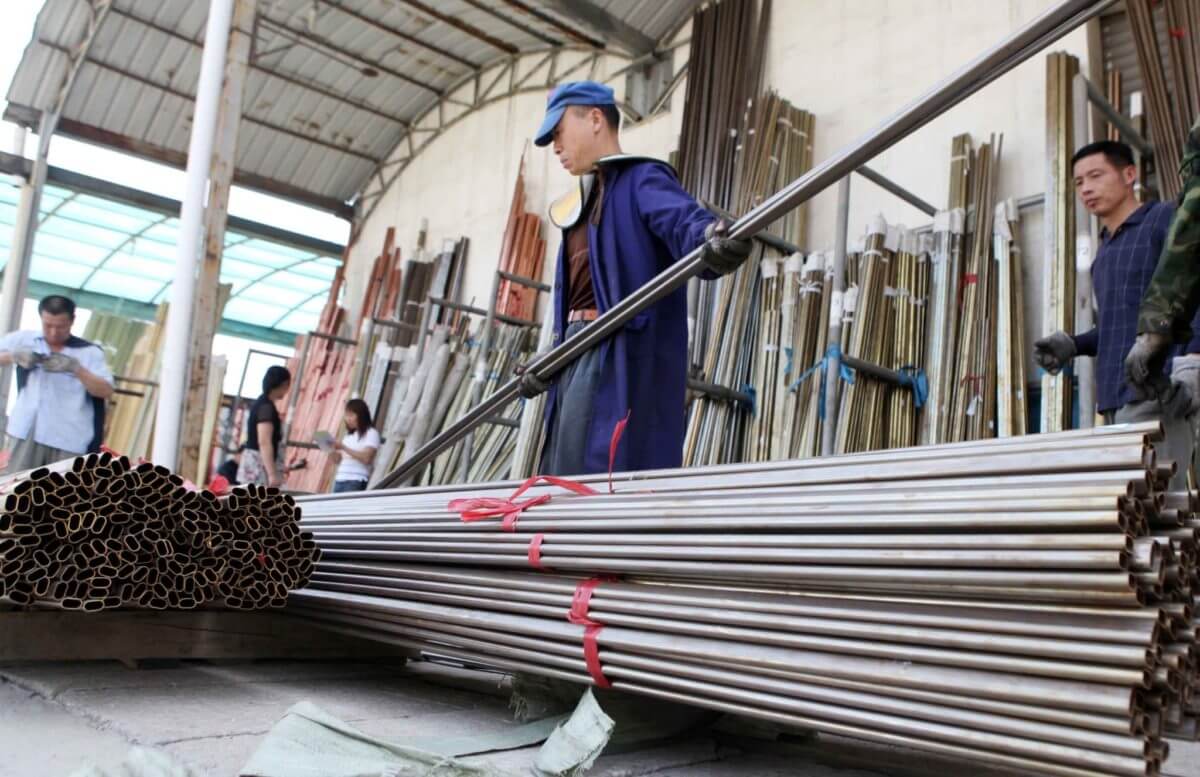
China started inspecting steel mills, tightening supplies
China started inspecting steel mills to rein in the emissions-heavy sector. It could tighten supplies at a time when it’s trying to curb rising commodities prices.
The Chinese government has ordered nine groups to visit all the country’s producing provinces. They were instructed to check whether outdated plants have been eliminated as agreed. The group was consisting of officials from different cabinet ministries and an industry body. The inspections started on June 15 and will continue through the end of July.
The inspection also includes checking progress on government agencies’ work on reducing crude steel production.
In April, the supervision plan was announced by China’s top economic planner, the National Development and Reform Commission. However, it didn’t provide details.
Since 2015, President Xi Jinping has been pushing to reform the industry that produces over half the world’s ferrous metal. In 2020, Xi also promised a net-zero carbon target. That’s making it imperative that China curb its steel industry that accounts for nearly 15% of its greenhouse-gas emissions.
China’s steel mills churned out over 99 million tons in May to set an all-time high. Production hit 473 million tons over the first five months. That put it well on the way to surpassing 2020’s record of over 1 billion tons.
The production spike was largely spurred by record prices. Steel rebar in Shanghai grew more than 70% from a low in September to a record in May. The rapid price increases triggered the central government to intervene in past weeks, sparking intense volatility in raw material prices.
Commodities prices sharply declined, cutting into months of gains
The prices of commodities were dropping sharply on Thursday, cutting into months of gains and weighing on equity markets. The country takes steps to cool off rising prices, and the U.S. dollar strengthens.
The drop in commodities was widespread, with futures prices for palladium and platinum falling 11% and 7%, respectively. Meanwhile, corn futures dropped nearly 6%, and corn futures fell 4.8%. Oil prices were also down over 1%.
The U.S. dollar index, which gauges the dollar against a basket of currencies, has increased around 1.6% after Fed’s announcement. Remarkably, commodities often move inversely to the dollar since they are mostly priced in dollars globally.
The commodities market had already witnessed unusual volatility in 2021 before the most recent sell-off. Lumber and corn are two examples of markets where prices had spiked to historic levels before losing steam. Lumber futures, which have been slipping for more than a month, fell an additional 1.8% on Thursday.
-
Support
-
Platform
-
Spread
-
Trading Instrument




